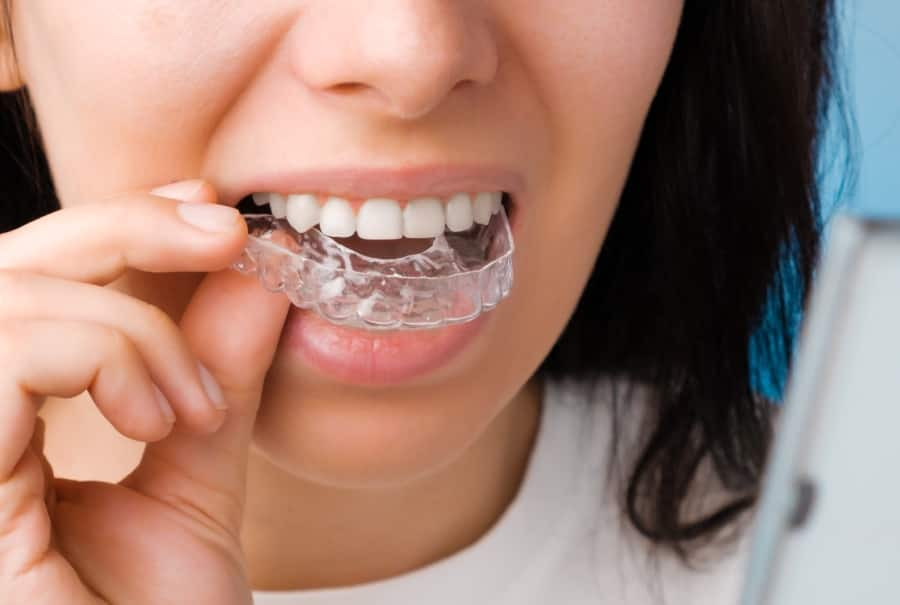Things about All Star Family Orthodontics
Things about All Star Family Orthodontics
Blog Article
Some Of All Star Family Orthodontics
Table of ContentsAbout All Star Family OrthodonticsWhat Does All Star Family Orthodontics Do?Indicators on All Star Family Orthodontics You Need To KnowAll Star Family Orthodontics Can Be Fun For EveryoneThe Best Strategy To Use For All Star Family Orthodontics

At Advanced Orthodontics, we offer patients with a holistic therapy experience. On top of that, we use flexible therapy routines, flexible settlement alternatives and an enjoyable, satisfying experience - orthodontics. Telephone call ( 480) 357-4900 today for more details and routine a consultation.
An orthodontist is a dental practitioner trained to identify, avoid, and treat teeth and jaw irregularities. Orthodontists function with individuals of all ages, from youngsters to grownups.
Malocclusion, or misaligned teeth, can lead to oral issues, including dental caries, gum disease, and difficult or excruciating eating. Not everybody is born with straight teeth. If you have a negative bite or big spaces between your teeth, you may intend to get in touch with a dental practitioner specializing in orthodontic treatment.
The Basic Principles Of All Star Family Orthodontics
(Photo Credit History: DigitalVision/Getty Images) Orthodontists utilize fixed and removable oral gadgets, like dental braces, retainers, and bands, to alter the position of teeth in your mouth. Orthodontic therapy is for oral irregularities, including: Crooked teethBite issues, like an overbite or an underbiteCrowded teeth or teeth that are too much apartJaw misalignmentThe goal of orthodontic therapy is to enhance your bite.
While you may assume of orthodontists as mainly for kids or teenagers who require braces, they can remedy dental issues at any age. Orthodontists go to university, dental school, and orthodontic institution.
, but not all dentists are orthodontists. They focus on two areas: Just how to properly and securely move teeth Exactly how to appropriately guide advancement in the teeth, jaw, and faceOnce an orthodontist has actually finished training, they have the alternative to end up being board accredited.
All Star Family Orthodontics Things To Know Before You Get This
Misalignment, or malocclusion, is one of the most typical factor people see an orthodontist. It is hereditary and is the outcome of size differences between the top and reduced jaw or in between the jaw and teeth. Malocclusion results in tooth overcrowding, an askew jaw, or uneven bite patterns. Malocclusion is generally treated with: Your orthodontist affixes metal, ceramic, or plastic square bonds to your teeth.
If you have only minor malocclusion, you may be able to use clear braces, called aligners, as opposed to standard braces. Some people need a headwear to assist move teeth right into line with pressure from outside the mouth. After dental braces or aligners, you'll require to wear a retainer. A retainer is a customized tool that maintains your teeth in position.

You might need to see an orthodontist if you have: Crowding or not adequate space for every one of your teethOverbite, when your top teeth come your base teethUnderbite, when your base teeth are as well far forwardSpacing or problems with gapsCrossbite, which is when your top teeth fit behind your bottom teeth when your mouth is closedOpen bite or an upright space in between your front base and top teethMisplaced midline, when the visit here center of your bottom and upper teeth do not line up Fixing an oral malocclusion can: Make attacking, eating, and speaking easierImprove the symmetry of our face and your total appearanceEase discomfort from temporomandibular joint conditionsSeparate your teeth and make them much easier to clean, assisting protect against dental caries or tooth cavities It's often a dental professional who first notices misaligned teeth during a routine examination.
The 9-Minute Rule for All Star Family Orthodontics
During your initial orthodontic appointment, you'll likely have: A dental examPhotos taken of your face and smileDental X-raysPanoramic (360 level) X-rays of your face and headImpressions to produce mold and mildews of your teethThese examinations will certainly aid your orthodontist recognize exactly how to wage your treatment. An orthodontist is a dentist that's had training to treat your teeth and jaw.
Orthodontists are dental professionals but not all dental professionals are orthodontists. Orthodontists are concentrated on your bite, or the way your teeth fit together, and the straightness of your teeth.

This first appointment includes an aesthetic exam of your teeth and bite, X-rays, and possibly also 3D scans. By meticulously assessing these elements, the orthodontist can identify any kind of misalignments, crowding, spacing problems, or jaw discrepancies. As soon as a clear picture is developed, the orthodontist will go over customized treatment alternatives. This discussion will cover the type of dental braces or aligners recommended (conventional steel braces, clear aligners like Invisalign, and so on), the estimated treatment period, and any type of prospective obstacles or side results.
Not known Incorrect Statements About All Star Family Orthodontics
, orthodontists have a varied toolkit at their disposal. These reliable braces utilize a system of brackets bound to the teeth and linked by wires.
Clear aligners, like Invisalign, are a popular alternative for clients looking for a more discreet therapy option. These detachable trays are tailor-made to gradually shift the teeth's placement. Headwear may be used along with braces or aligners to apply additional targeted pressures, specifically for remedying jaw disparities. In cases of narrow jaws, palatal expanders can be used to create area for correct tooth positioning.
Report this page